Intense workouts are designed to challenge your physical limits. However, the recent news of high school football players being hospitalized after they were forced to do 400 push-ups begs the question: Is there such a thing as pushing yourself too hard?
The honest answer is YES. Not many people are aware of Rhabdomyolysis (Rhabdo). This life-threatening condition can be caused by strenuous and prolonged exercise.
It used to be that Rhabdo was only a concern for military warfighters, firefighters, and other physically demanding professions. However, the rise of cross-functional training programs and the mindset of overcoming physical pain and discomfort has led to an alarming increase in the incidence of Rhabdo.
The good thing is that exercise-induced Rhabdomyolysis can be avoided. You can continue with your high-intensity, cross-functional workouts while, at the same time, reducing your chances of developing Rhabdo. Here’s what you need to know.
What Is the Most Common Cause of Rhabdomyolysis?
Rhabdomyolysis refers to the breakdown of skeletal muscle fibers. It is caused by toxic intracellular metabolites that leak into the circulatory system.
According to studies, about 26,000 individuals are diagnosed with Rhabdo annually in the United States. The most common causes of Rhabdo include:
- Crush injury
- Electrical shock injury
- Blunt trauma
- Drug and alcohol abuse
- Toxins
- Infections
- Hyperthermia
- Hypothermia
- Prolonged immobilization
- Electrolyte abnormalities
- Some medications (such as antidepressants, antibiotics, and antihistamines)
- Certain diseases (including muscular dystrophy)
- Genetic predisposition (such as sickle cell trait, metabolic myopathies)
- COVID-19
- Overexertion or overuse of muscles
Exercise-Induced Rhabdo
Muscle breakdown or microtrauma is a common consequence of high-intensity exercise. This activates satellite cells, which repair and/or replace the damaged muscle fibers. This then leads to muscle growth and increased strength.
However, pushing yourself too hard or exceeding your physical limits can increase your risk of Rhabdo. This is due to ATP's inability to keep up with the physical demand. As such, when energy stores are depleted, this causes a disruption or deterioration of muscle membranes.
One study found that muscle injuries were more common among novice CrossFit participants. Among 128 participants, 13.1% reported one injury, and 1.8% reported two injuries. The most common injuries were on the lower back, knee, and elbow/hand. Only one participant was diagnosed with exercise-induced Rhabdomyolysis.
Several case studies have also noted Rhabdo caused by cross-functional training programs (1, 2, 3, 4).
What Happens If You Have Rhabdomyolysis?
What makes Rhabdo potentially dangerous is that it can be hard to diagnose. The most common symptoms are muscle pain, swelling, cramping, and weakness, which can also be attributed to many other causes — including strenuous exercise.
Another tell-tale sign of Rhabdo is tea-colored urine, which is due to high levels of myoglobin. However, depending on the timing, this symptom is only sometimes visible.
Other symptoms of Rhabdo (albeit rare) include fever, nausea, vomiting, confusion, agitation, and skin changes (due to pressure necrosis).
Early recognition is crucial as severe Rhabdo can cause acute kidney failure, arrhythmias, or respiratory failure, leading to permanent disability or death.
Rhabdo can occur 2 to 12 hours after muscle injury. By this time, the damaged muscle tissue may release toxic metabolites into your bloodstream. Rhabdo peaks at 24 to 72 hours, then levels constantly decline.
The best way to diagnose Rhabdo is to check your creatine kinase (CK) levels. According to studies, serum CK in the bloodstream can help detect muscle damage. Individuals with Rhabdo have also been found to have high levels of CK.

How to Prevent Rhabdo After a Workout
Rhabdo is not inevitable. However, if you engage in strenuous and prolonged exercise, you have an increased risk of developing this serious medical condition. The potential incidence is even higher if you have other risk factors, such as a genetic predisposition or certain medical conditions.
Set Your Limits
Coaches or trainers can motivate you to push harder to achieve your fitness goals. However, it’s also essential to know when to stop. This is by having a good understanding of your own physical and mental limits.
If you’re a beginner, it’s necessary to start slowly. As you gradually build stamina, the more you’ll be able to engage in more strenuous exercises — without increasing your risk for injury or Rhabdo.
Always listen to your body and learn how to interpret the signals it sends. This can also be a warning if you push yourself too hard and your reserves are already depleted.
Take Appropriate Exercise Precautions
Knowing the signs and symptoms of exercise-induced Rhabdo can help reduce your risk. Take necessary precautions for your overall safety and health.
This includes taking frequent breaks to cool down and rehydrate. Ensure your body is in good condition when engaging in cross-functional or high-intensity workouts. If you are sick and taking medications, rest and do not try to overexert yourself.
Drink plenty of fluids before, during, and after your workout. This will help dilute any myoglobin that may have been released during your workout. Avoid drinks with alcohol, caffeine, or sugar. Make sure to eat a healthy diet with fruits and vegetables.
Supplements for Muscle Recovery
Supplements can also play an important role when it comes to muscle recovery. It can help increase your tolerance for high-intensity workouts and, at the same time, reduce the risk of injuries and exercise-induced conditions such as Rhabdo.
For example, studies have found that catechins may protect against Rhabdo. This is due to their strong antioxidative properties, which help reduce the toxicity of myoglobin in the kidneys. Meanwhile, piperine in black pepper fruit may also help reduce exercise-induced muscle damage.
At Xendurance, our mission is to help athletes and fitness enthusiasts maximize their gains in the gym without compromising their overall health.
Our Extreme Endurance features a proprietary blend of calcium carbonate, magnesium oxide, potassium, magnesium hydroxide, selenium, chromium, papain, black pepper fruit, and catechins. All these combined can help reduce muscle soreness and promote faster recovery, leading to improved physical performance.
In one independent third-party study, 31 cross-functional athletes were given Extreme Endurance. They took 3 tablets in the morning and 3 tablets in the evening for seven days. Then, on the 8th day, they performed the Fran workout.
Compared to their baseline levels, there was a 16.9% decrease in CK levels before the workout and a 63.55% decrease after the workout session. The participants had improved performance at an average of 8.55% or 32 seconds faster. In addition, there was no incidence of Rhabdo reported.
The results are comparable to a previous study, where participants who took Extreme Endurance for 10 days saw a 15% decrease in lactic acid levels. They also reported less muscle soreness and reduced recovery times.
A Healthy Approach to Pushing Your Physical Limits
Apart from improving one’s overall health, many people enjoy the challenge of cross-functional workouts. It can give you a sense of accomplishment knowing that you could push yourself farther today than yesterday.
However, it should never be to the point where you are completely tapped out. No amount of fitness gain can ever justify putting yourself in harm’s way. And with a serious condition like Rhabdo, it could mean long-term damage to your health.
Now that you know about the dangers of Rhabdo, you can adopt a fitness routine that allows you to push yourself — without increasing your risk of injury or damage. This may include following appropriate safety and health precautions, listening to your body’s signals, and taking supplements that promote muscle recovery.
Be on the lookout for potential warning signs of Rhabdo. If you experience severe symptoms after working out, seek medical attention immediately.


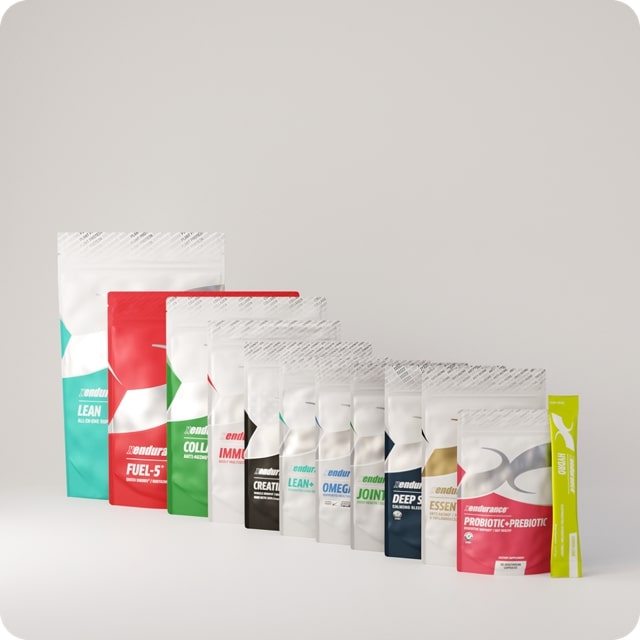
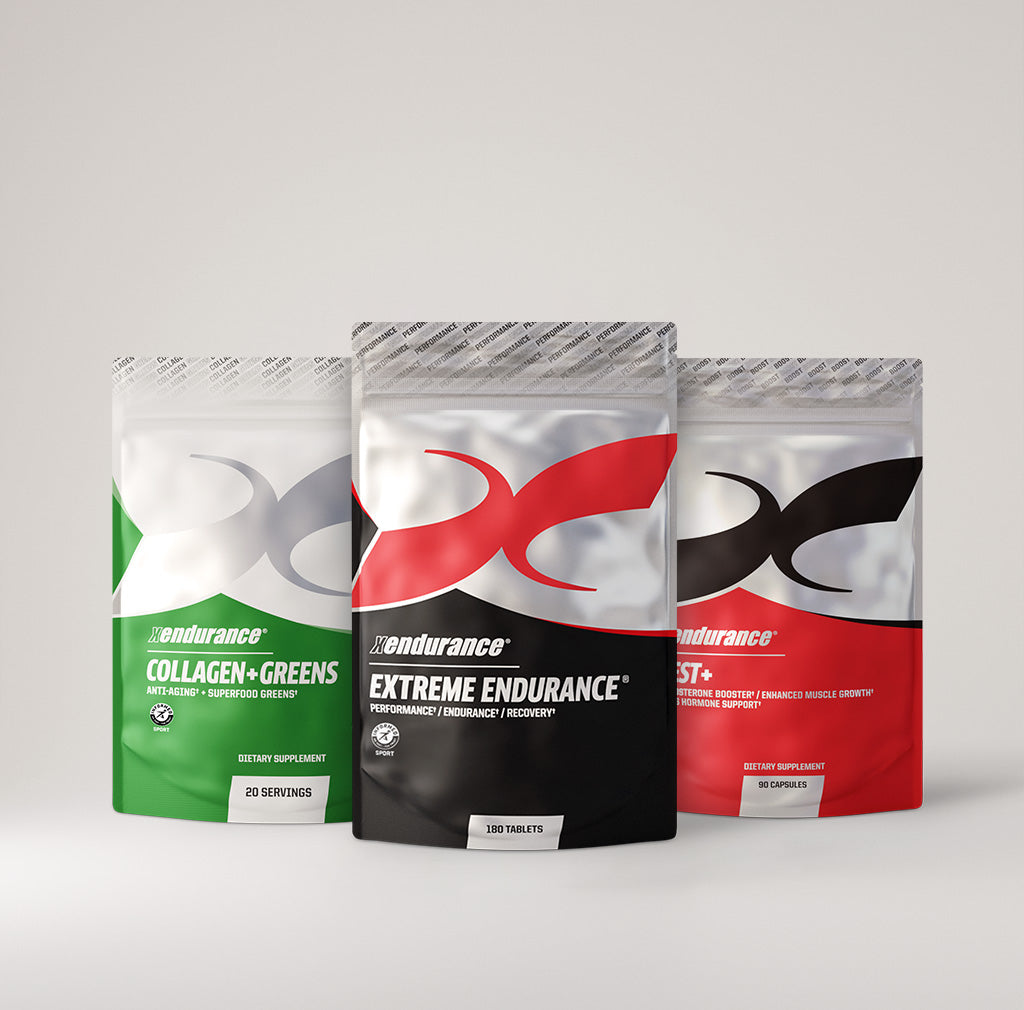
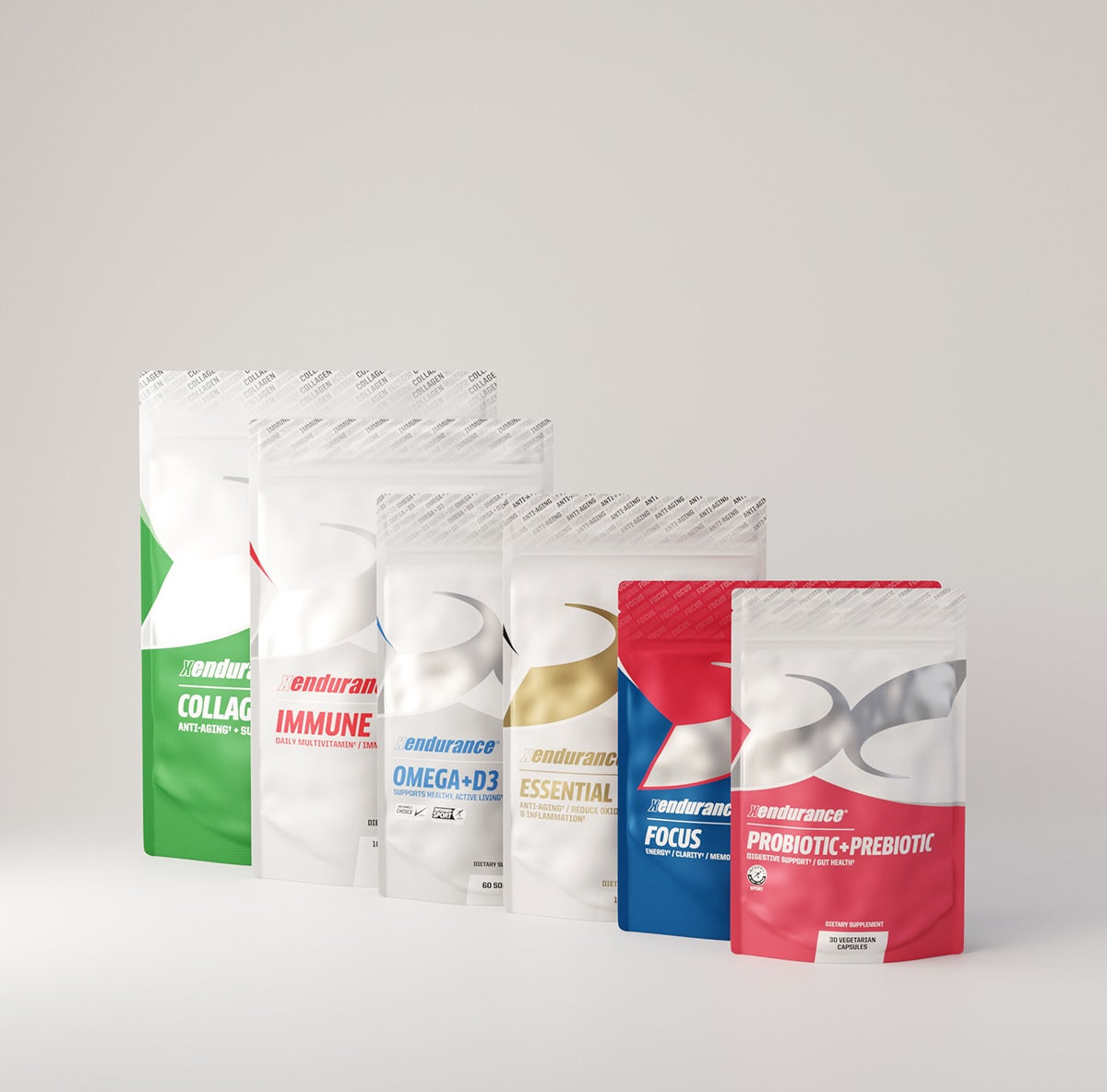
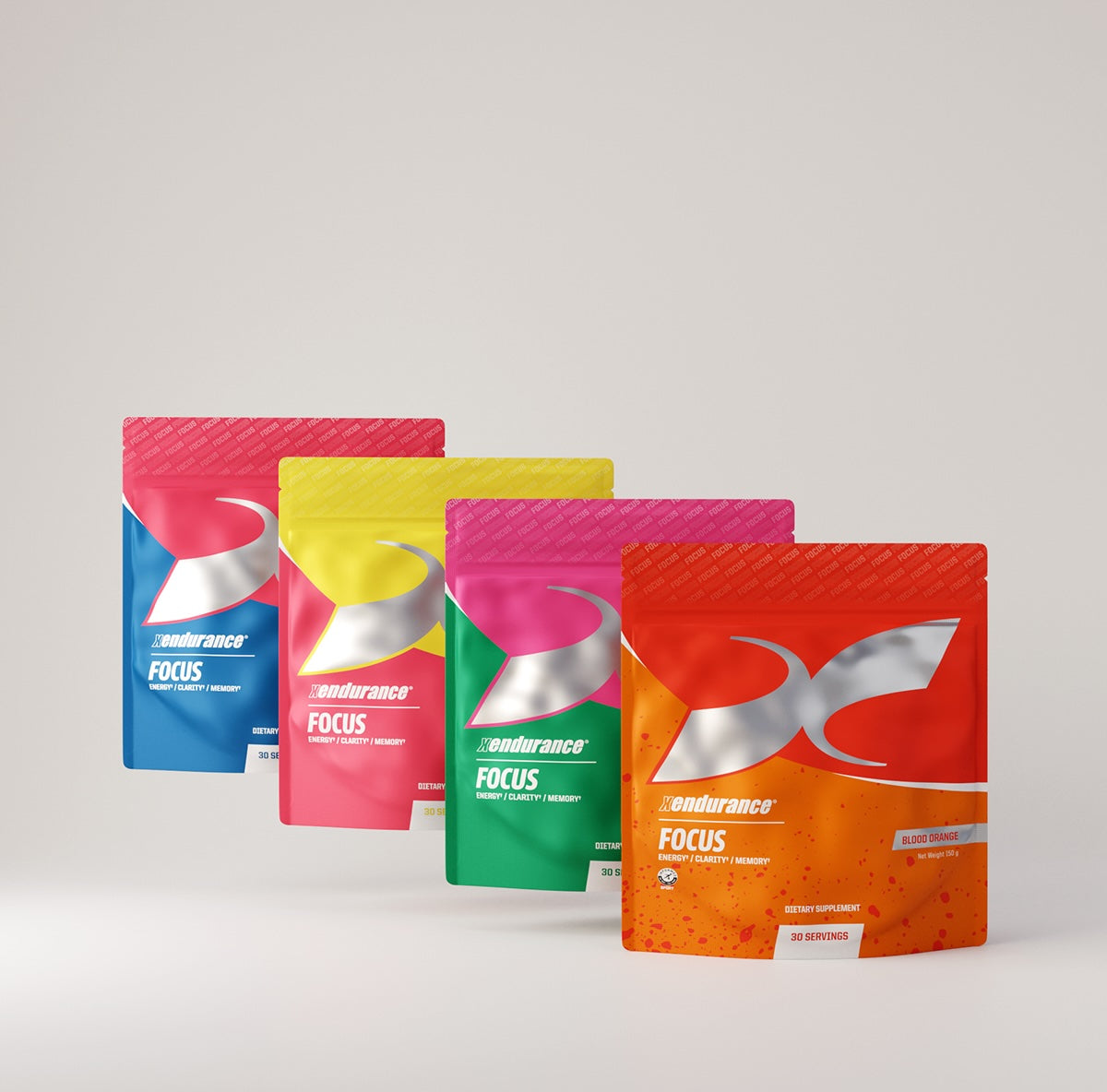


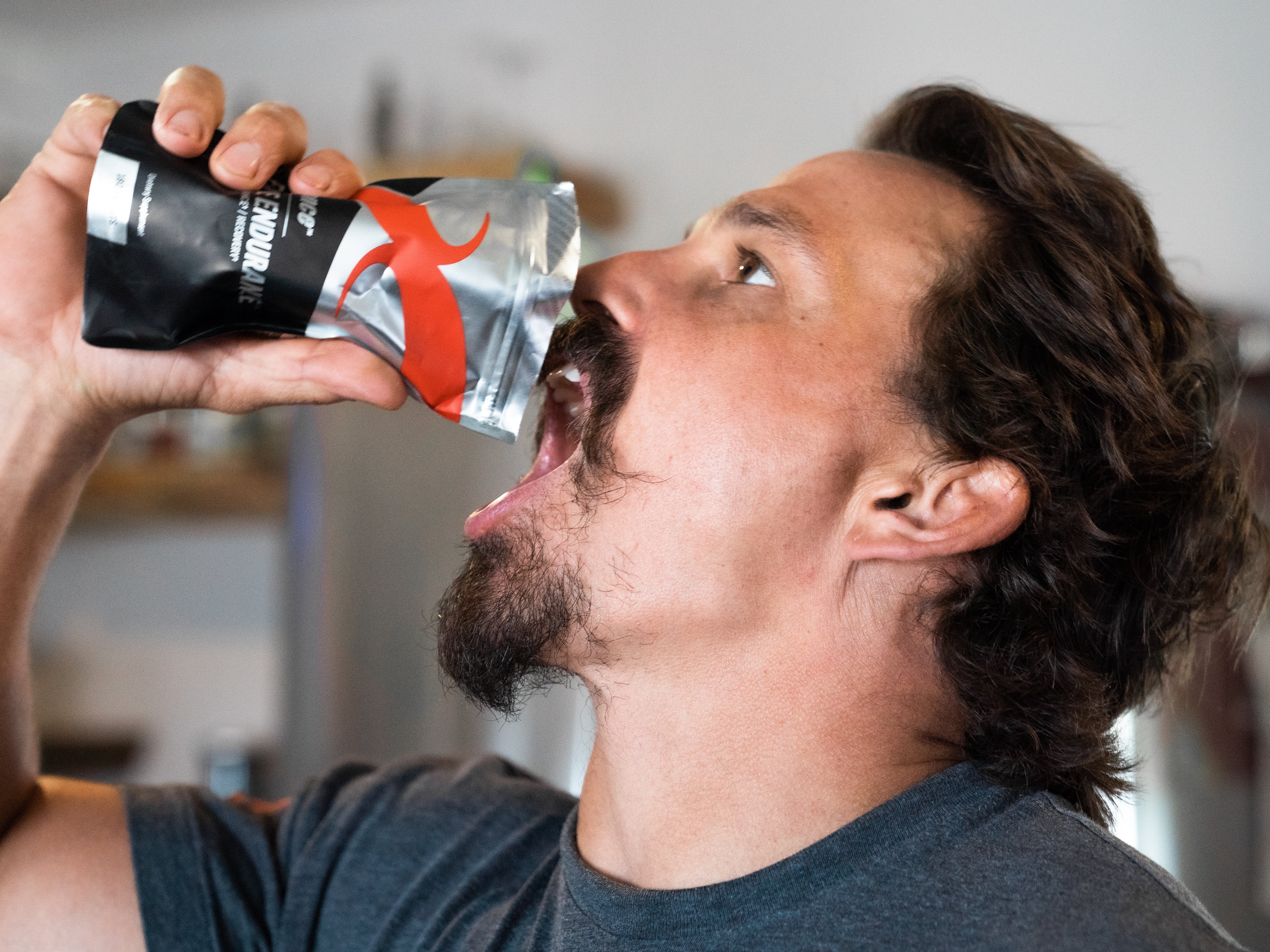
コメントを書く
このサイトはhCaptchaによって保護されており、hCaptchaプライバシーポリシーおよび利用規約が適用されます。